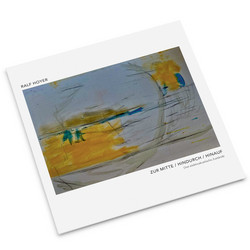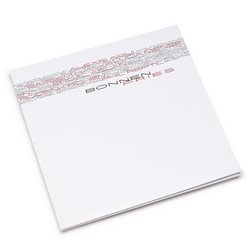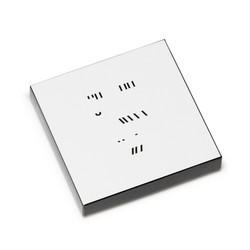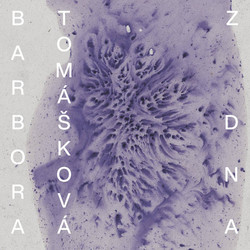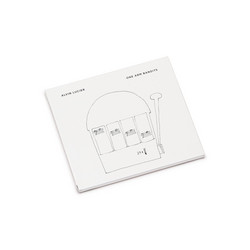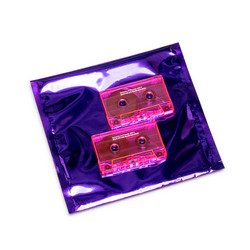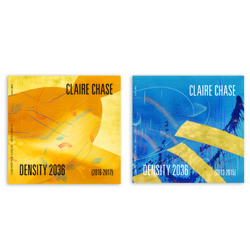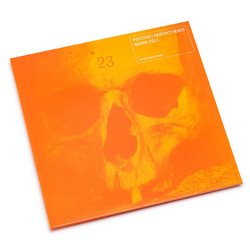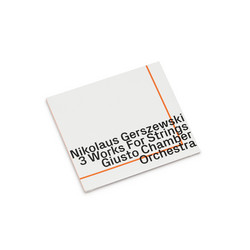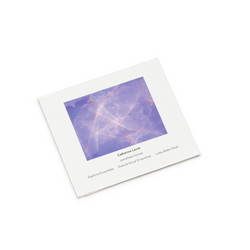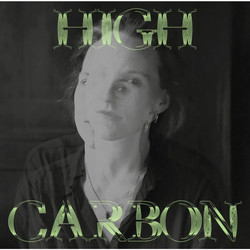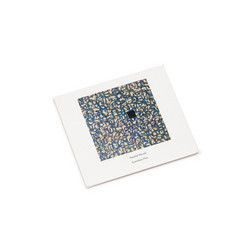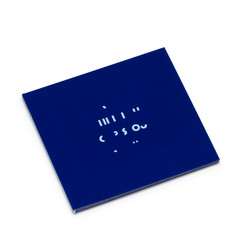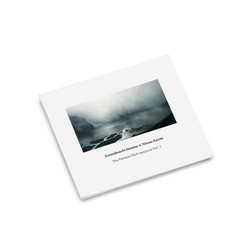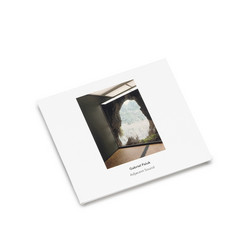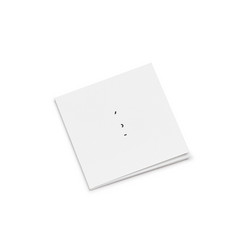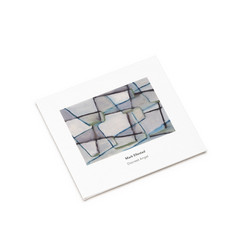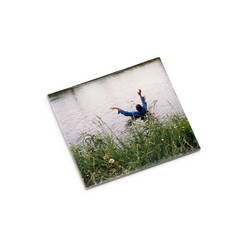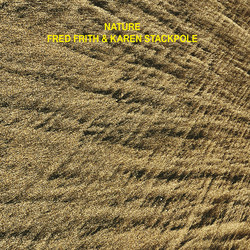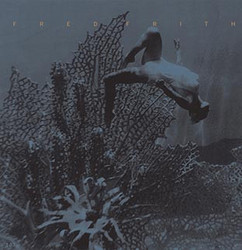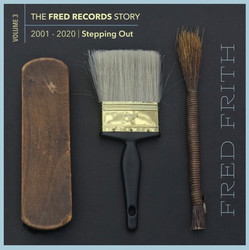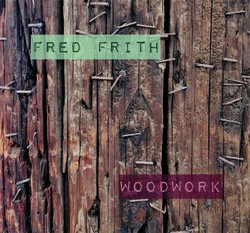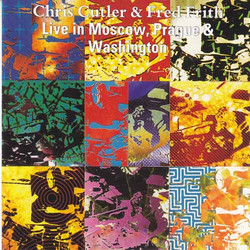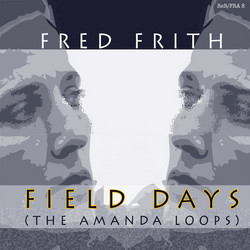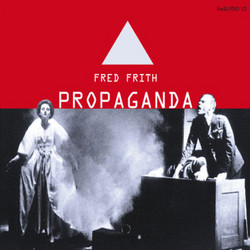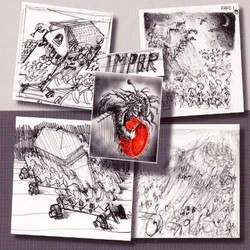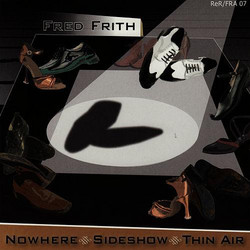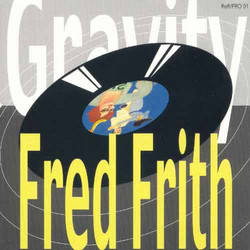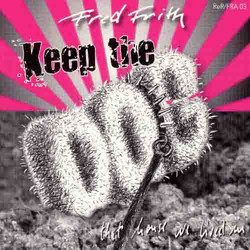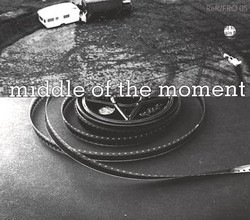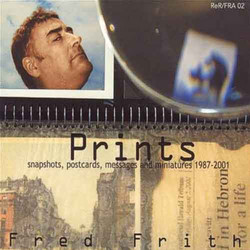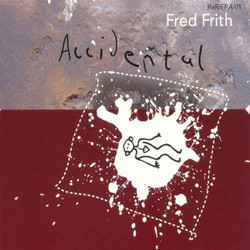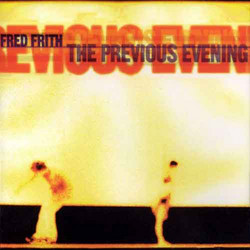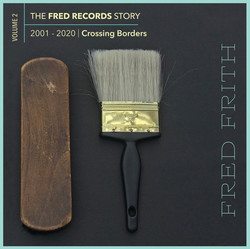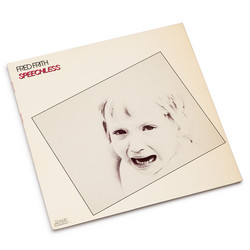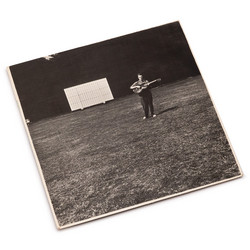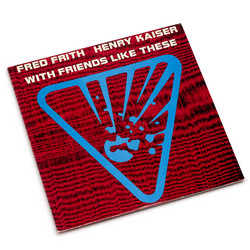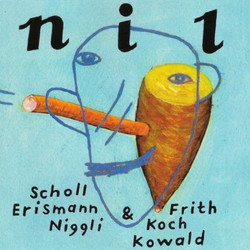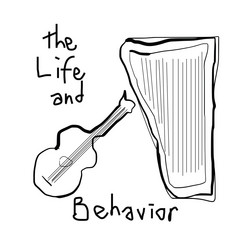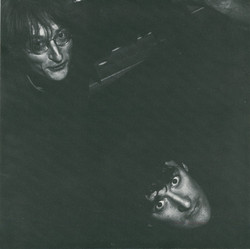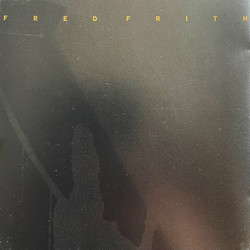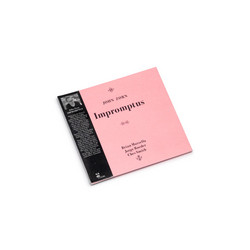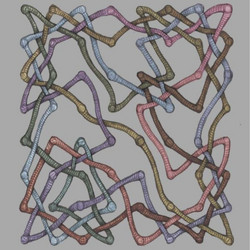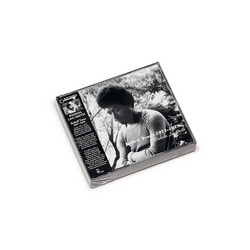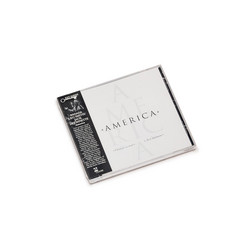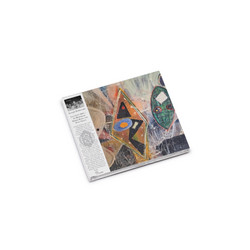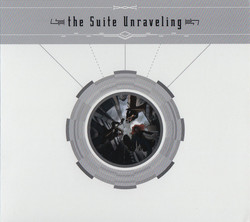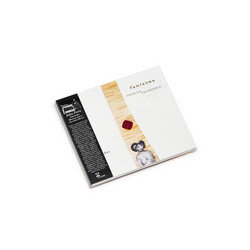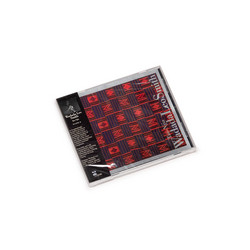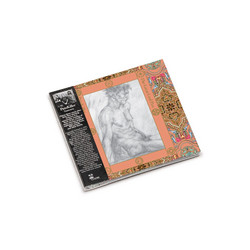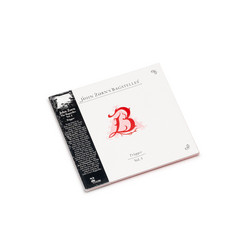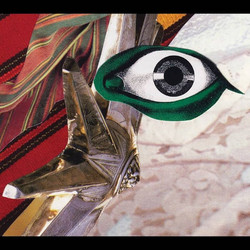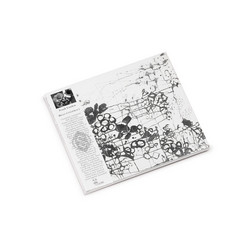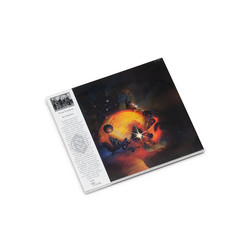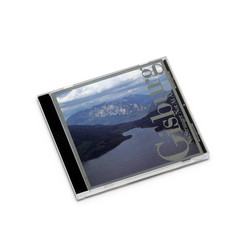The piano pieces, some of which revolve around a single repeating tone or group of notes, bear faint traces of jazz and gestures reminiscent of, but not deriving from, serial techniques. They seem squarely within the parlance of the English experimental tradition ranging back to Cornelius Cardew, but with a difference: Frith allows himself great stylistic freedom in his writing for piano, and while the Seven Circles are texturally related in that they share a tendency toward sparseness, there is a great deal of difference between the individual movements. Through some quirk of simultaneity, they almost bear more resemblance to the larger pieces that follow them than they do to one another. Save As (2004) was written for Jeanrenaud and Winant and seems uniquely devised to exploit their talents, with plummy tones from the cello and explosive bursts from the percussion; both get to kick over a metal can or two, and there is other fun stuff for them to do. With Bridge is Bridge (1996/2006) a more serious tone begins to assert itself over the album, and there is more of an emphasis on sustained pitches and slow tempi. The Elegy for Elias (1993) is the most curiously moving of the pieces here; it demonstrates the extent to which Frith has matured as a composer; the fire that makes him capable of decapitating the listener with a blazing electric guitar still burns within, but lyricism demands different requirements. Lyrical ideas typifies Back to Life; perhaps like Sydney Carton, who is "recalled to life" in Charles Dickens' A Tale of Two Cities, this side of Fred Frith needed to be sacrificed so that the other could live. One of the wonderful things about music is that such sacrifices are never, as Sydney Carton's was, necessarily final, and while Back to Life may seem like a departure for Frith, in a way it might represent a way of coming home.
*In process of stocking. 2022 stock.* Anyone who thinks of multifaceted composer/performer Fred Frith primarily as a guitar player with Henry Cow and for his 1974 album Guitar Solos is way out of touch with what he's been up to in, say, more than 30 years. The 2008 release of Back to Life on Tzadik represents a good opportunity to reconnect with Frith and summarize what he has been doing since the heady days of his scrambling, intense electric guitar improvisations like "Alienated Industrial Seagulls" and his participation in cutting-edge bands such as Massacre. A series of solo piano pieces, Seven Circles 1-7, as played by Dutch pianist Daan Vandewalle, frame a selection of four larger works performed, in three cases, by groups derived from Stephen Drury's Callithumpian Consort and in one as a duet for percussionist William Winant and cellist Joan Jeanrenaud. Frith continues to tour throughout the world as a guitarist, both with and without collaborators such as John Zorn, Chris Cutler, and Evelyn Glennie, but since 1999 had been based in Oakland, CA, where he serves as a professor of music composition at Mills College. This represents the culmination toward a pursuit, for Frith, of formal composition that began in the 1980s. Since the early '90s, Frith has also participated in many film-scoring sessions, and these experiences have greatly broadened his perspective. Superficially, the pieces on Back to Life may provide the impression that the beast that once tore his way through Massacre like a whirlwind has been tamed, but if so, this has not deprived him of his potency as a musician.
Stephen Drury: Piano
Joan Jeanrenaud: Cello, Newspaper, Metal Can
William Winant: Marimba, Vibraphone, Woodblocks, Tamtam, Tuned Gong, Large Metal Plate, Toms, Bass Drum, Beans, Ping Pong Balls, Hammer And Nails, Metal Can, Etc.
John Andress: Marimba
Joe Becker: Percussion
Dylan Chmura-Moore: Trombone
Gabriela Dîaz: Violin
Elizabeth England: Oboe
Benjamin Fox: Oboe
Angela Park: Cello
John Russell: Trumpet
Karina Schmitz: Viola
Benjamin Schwartz: Cello
Andrew Stetson: Trumpet
Nick Tolle: Marimba
Daan Vandewalle: Piano
Jordan Voelker: Viola
Ethan Wood: Violin

